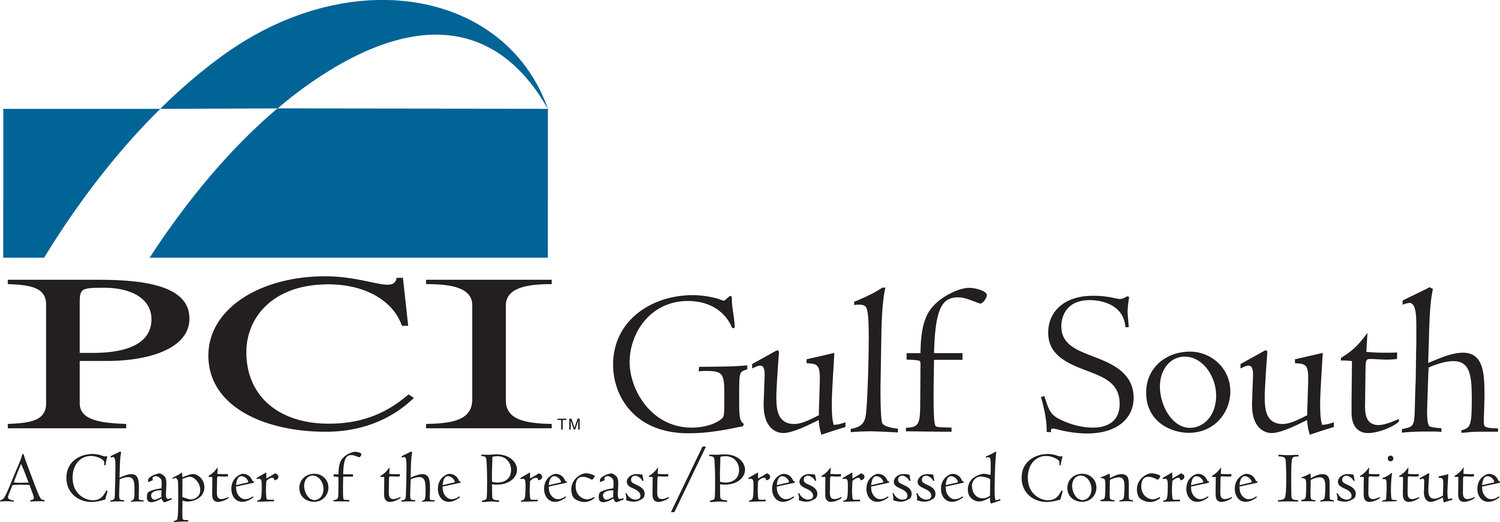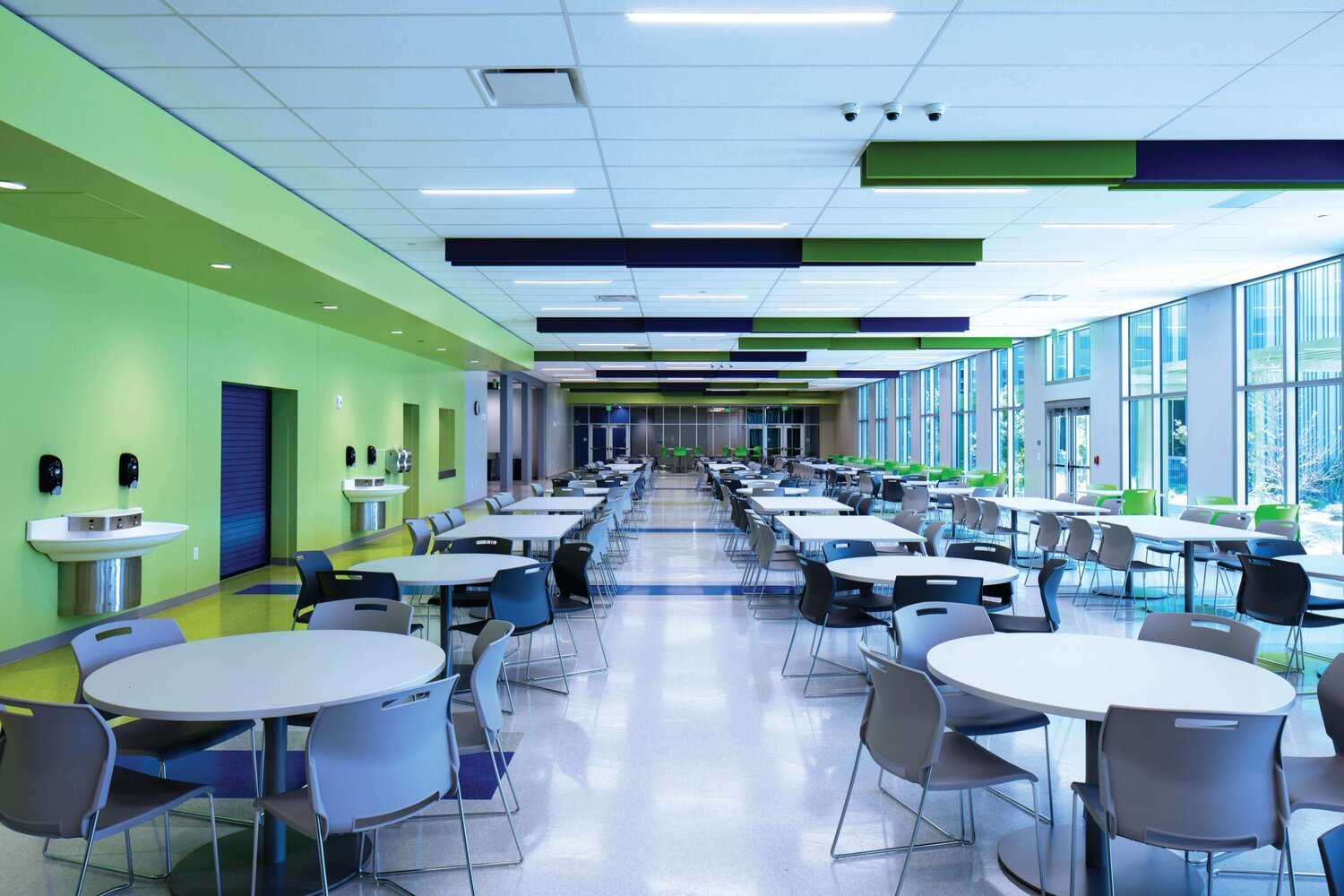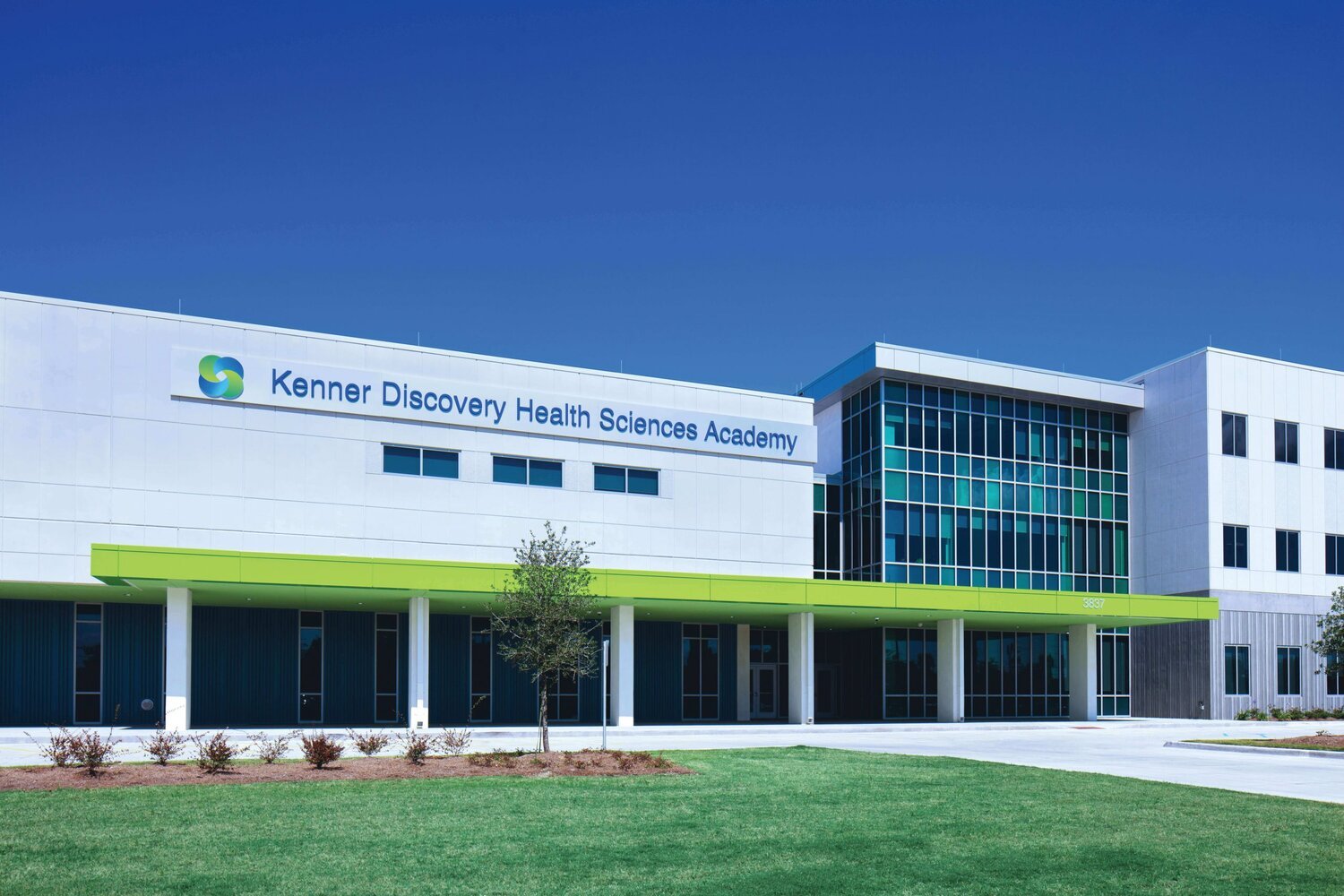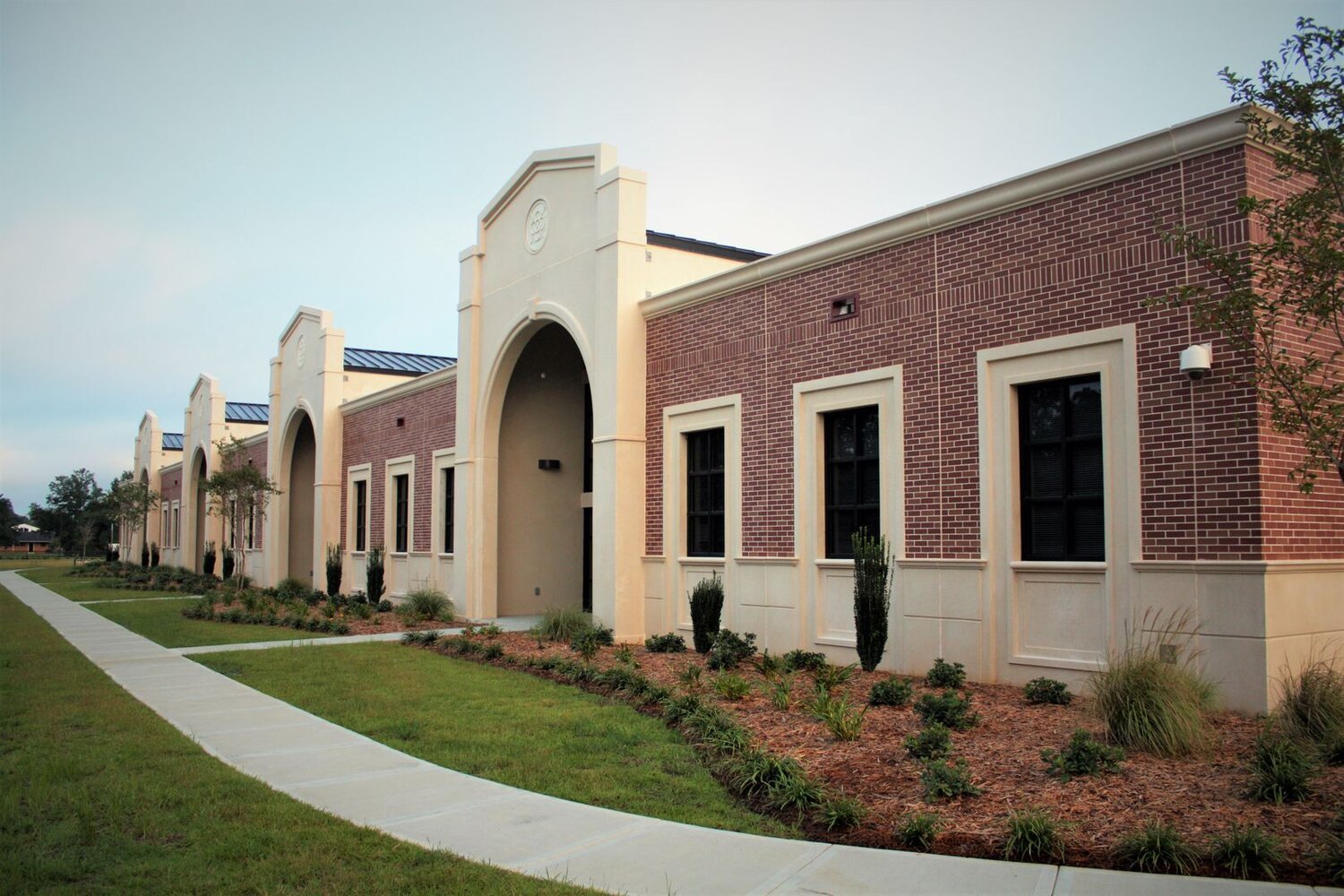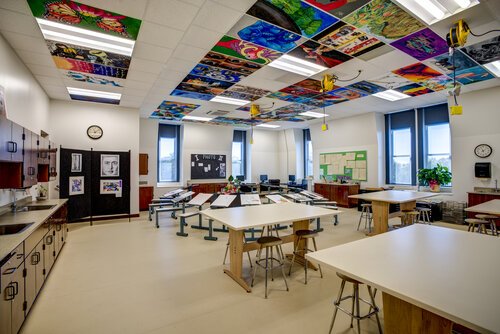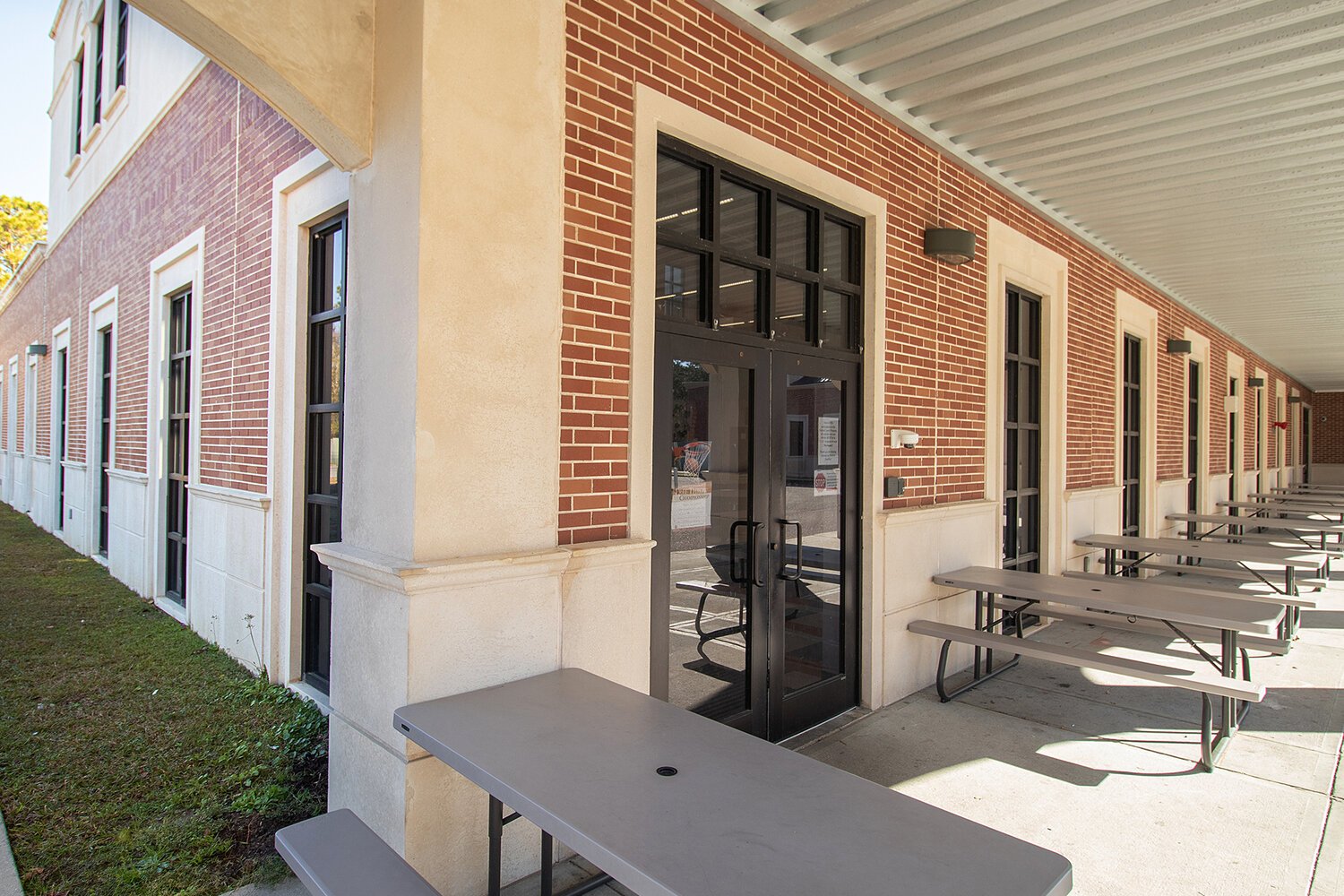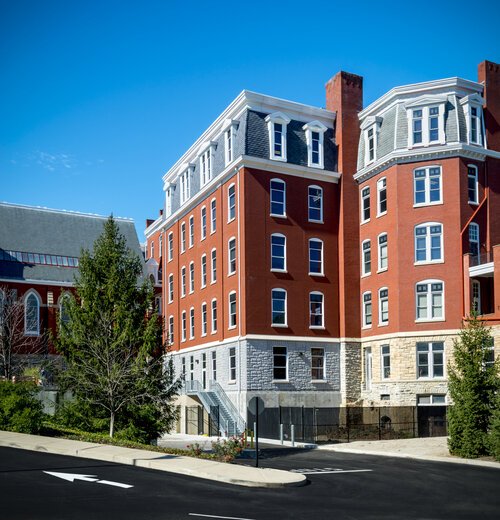Integrating Precast Concrete for Visual Appeal in School Structures
/In the realm of educational architecture, aesthetics play a vital role in creating inspiring learning environments. Among the myriad of construction materials available, precast concrete stands out for its versatility and potential to enhance visual appeal. In this blog, we delve into the integration of precast concrete in school structures, exploring its customization options, benefits, and successful applications. Join us as we unravel the art of blending functionality with aesthetics in educational design.
Precast can be used on everything from wall panels to concrete stairs to help match a school’s architectural and aesthetic needs
Understanding Precast Concrete
Precast concrete refers to concrete elements that are manufactured off-site in controlled environments before being transported to the construction site for installation. This construction method involves casting concrete in a reusable mold or form, allowing for precise control over the quality and finish of the final product. Precast concrete components are commonly used in various construction projects, including schools, due to their versatility, durability, and cost-effectiveness. Unlike traditional cast-in-place concrete, precast concrete elements can be produced in a factory setting, where environmental conditions can be carefully monitored, resulting in consistent quality and uniformity. Additionally, precast concrete offers design flexibility, enabling architects and engineers to create intricate shapes, textures, and patterns. With its ability to withstand harsh weather conditions, fire, and impacts, precast concrete is an ideal choice for constructing resilient and long-lasting school structures that prioritize both aesthetics and functionality.
Importance of Visual Appeal in School Structures
The visual appeal of school structures plays a crucial role in creating an environment conducive to learning and development. Aesthetically pleasing architecture can positively impact students' attitudes, behavior, and overall academic performance. Bright, well-designed spaces can foster a sense of pride and ownership among students and staff, promoting a welcoming and inspiring atmosphere. Research has shown that visually stimulating environments can enhance creativity, concentration, and motivation, leading to improved educational outcomes. Additionally, aesthetically pleasing school buildings can contribute to the community's perception of the institution and its values. By investing in attractive and well-maintained facilities, schools demonstrate their commitment to providing a high-quality learning environment for students and staff alike. Therefore, prioritizing visual appeal in school architecture is essential for creating engaging and supportive educational spaces that promote student success and well-being.
Advantages of Integration of Precast Concrete in School Structures
Integrating precast concrete into school structures offers numerous benefits that contribute to the overall quality and longevity of the buildings. One of the primary advantages is the durability and resilience of precast concrete materials, which can withstand harsh weather conditions, impacts, and wear and tear over time. This durability translates to reduced maintenance costs and prolonged lifespan, making it a cost-effective choice for school construction projects. Additionally, precast concrete is highly versatile and can be customized to meet specific design requirements, allowing architects to create visually appealing and functional spaces that enhance the learning environment. The use of precast concrete can expedite construction timelines by minimizing on-site labor and reducing construction waste. With its combination of strength, versatility, and efficiency, integrating precast concrete in school structures ensures that educational facilities are built to last and provide optimal performance for generations to come.
Customization Options for Schools with Precast Concrete
The versatility of precast concrete offers an array of customization options for school structures, allowing architects to bring their design visions to life while meeting the specific needs of educational environments. With precast concrete, schools can achieve a variety of architectural styles, from traditional to contemporary, with ease. Precast panels can be molded into various shapes, textures, and finishes, providing endless possibilities for creating unique facades and interior elements. Additionally, precast concrete allows for the integration of decorative elements, such as patterns, logos, and signage, further enhancing the aesthetic appeal of school buildings. Whether it's creating a striking entranceway, incorporating artistic features, or adapting to site-specific conditions, precast concrete offers the flexibility to tailor school designs to the preferences and requirements of students, staff, and the surrounding community, ultimately contributing to a more engaging and inspiring learning environment.
Precast Is the Right Choice For Schools
Integrating precast concrete in school structures offers a multitude of benefits, from enhanced durability and cost-effectiveness to design flexibility and customization options. By prioritizing visual appeal and functionality, educational institutions can create inspiring learning environments that promote student success and well-being. As schools continue to evolve to meet the needs of future generations, precast concrete stands as a reliable and versatile building material for constructing resilient and aesthetically pleasing educational facilities.
